Arugula, a leafy green vegetable with a distinctive peppery flavor, has grown in popularity worldwide due to its rich nutritional profile and culinary versatility. Known by several names including rocket, rucola, and roquette, arugula is a staple in salads, garnishes, and gourmet dishes. As health trends and consumer interest in leafy greens surge, so does the global demand for arugula. But one question arises—which country leads the world in arugula production?
This article explores the answer in depth, focusing on the largest arugula-producing nation, cultivation trends, agricultural practices, export data, and the significance of this leafy green in the global vegetable market.
Global Overview of Arugula Production
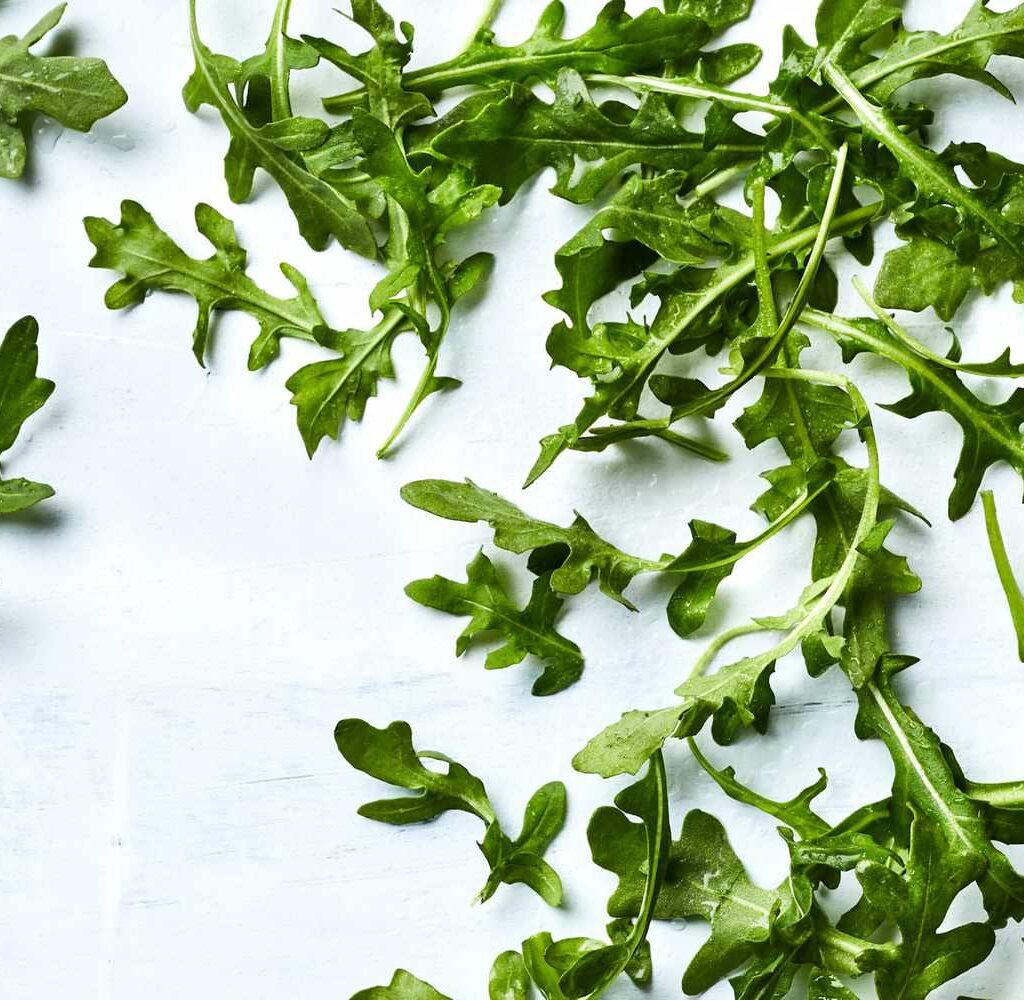
While arugula is cultivated in many parts of the world—especially across Europe, North America, and parts of Asia—not all countries produce it on a large commercial scale. It thrives best in cool climates and is typically grown as an annual crop.
Arugula’s short growing season (20–40 days from sowing to harvest) allows for multiple plantings in a single year, especially in regions with temperate climates. Key production regions include:
- Southern and Northern Europe
- United States (particularly California and Arizona)
- India
- China
- Egypt
- Israel
Despite its widespread cultivation, Italy emerges as the world’s largest and most significant producer of arugula.
Italy: The Undisputed Leader in Arugula Production
Italy holds the top spot as the largest producer of arugula in the world, both in terms of quantity and quality. Arugula has deep cultural and culinary roots in Italy, where it has been consumed since Roman times. Known locally as rucola, this green is a vital ingredient in traditional Italian dishes like insalata mista, pasta rucola, and prosciutto e rucola pizza.
Key Factors Behind Italy’s Arugula Dominance:
- Climatic Advantage:
Italy’s temperate Mediterranean climate provides the perfect conditions for arugula to grow year-round in many regions. - Agricultural Expertise:
Italian farmers utilize centuries-old horticultural knowledge combined with modern farming techniques to maximize yields and quality. - Protected Geographical Indication (PGI):
Arugula varieties such as Rucola della Piana del Sele (from Campania) have been granted PGI status, ensuring authenticity and promoting international export. - Domestic Consumption & Culinary Use:
Arugula is a dietary staple in Italy. Its continuous use in everyday cooking ensures a strong local market and helps sustain production levels. - Export Powerhouse:
Italy exports vast quantities of arugula across Europe and to North America. Its fresh leaves, known for their texture and taste, are in high demand.
Production Statistics and Market Size
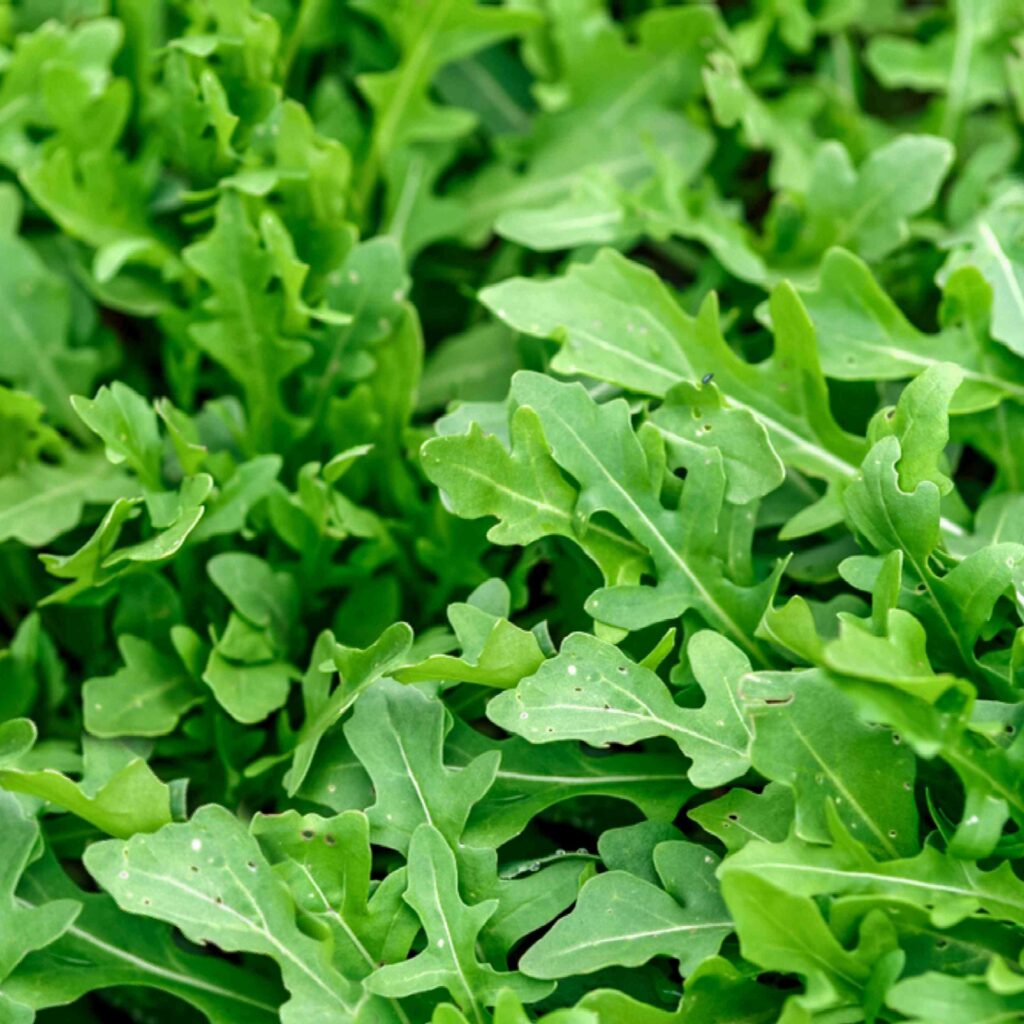
While exact data for arugula is often included under the broader category of “leafy greens” or “salad vegetables,” industry sources and European horticultural reports indicate the following:
- Italy produces over 100,000 metric tons of arugula annually, making it the top global contributor.
- Major production zones include Lombardy, Veneto, Lazio, Campania, and Puglia.
- Italy exports fresh arugula primarily to Germany, France, the United Kingdom, Switzerland, and the Netherlands.
The increasing demand from health-conscious consumers in Europe and North America has driven Italy to expand greenhouse and hydroponic arugula cultivation for consistent year-round supply.
How Arugula is Grown in Italy
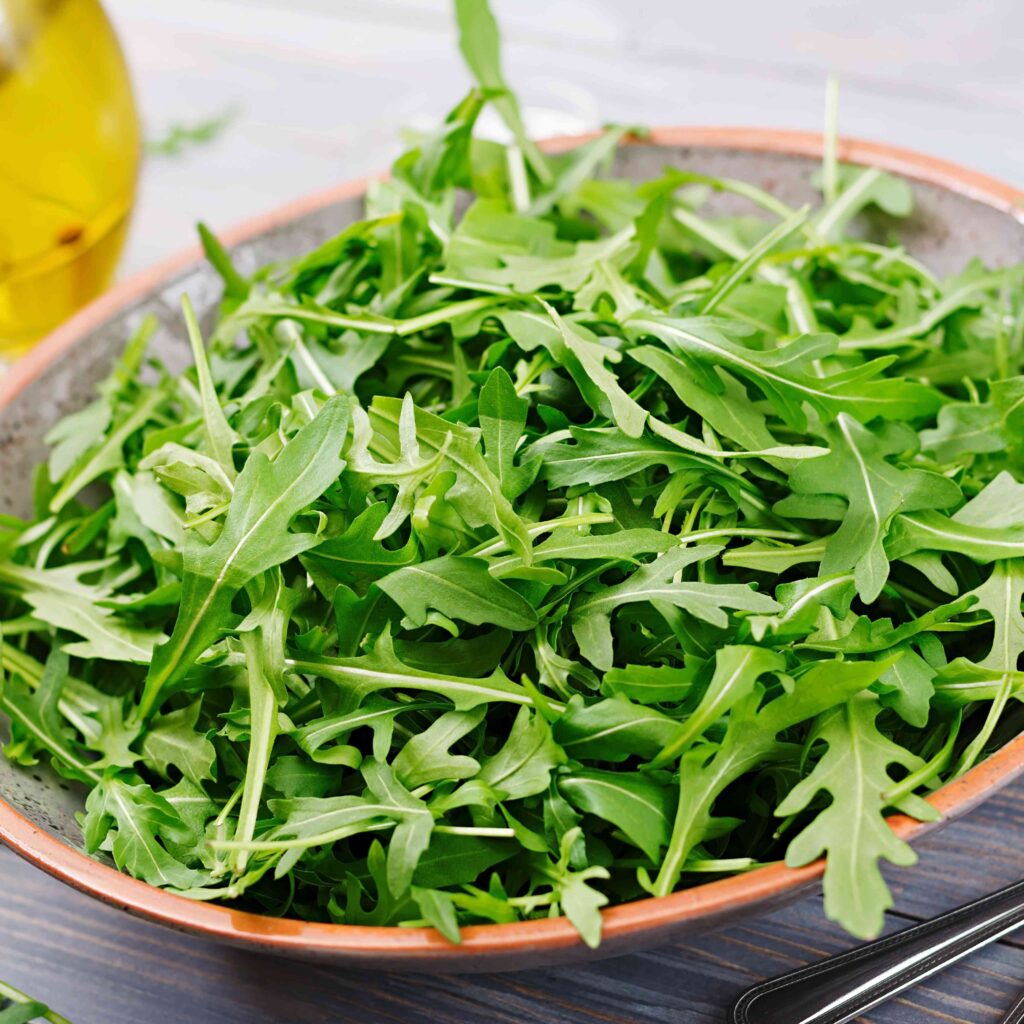
Italian arugula farms employ both open-field and controlled-environment agriculture (greenhouses and tunnels). Some key agricultural practices include:
- Mechanical Sowing and Harvesting: Advanced technology ensures uniform planting and efficient harvesting without damaging the tender leaves.
- Crop Rotation: Rotating arugula with other leafy greens or grains helps maintain soil health and prevent pest buildup.
- Integrated Pest Management (IPM): Farmers emphasize environmentally friendly pest control to maintain organic certifications.
- Irrigation Systems: Efficient drip irrigation helps optimize water use in arid regions like southern Italy.
In greenhouse setups, hydroponic systems are increasingly being used for arugula to ensure precise nutrient delivery and faster turnover.
Nutritional and Economic Importance of Arugula
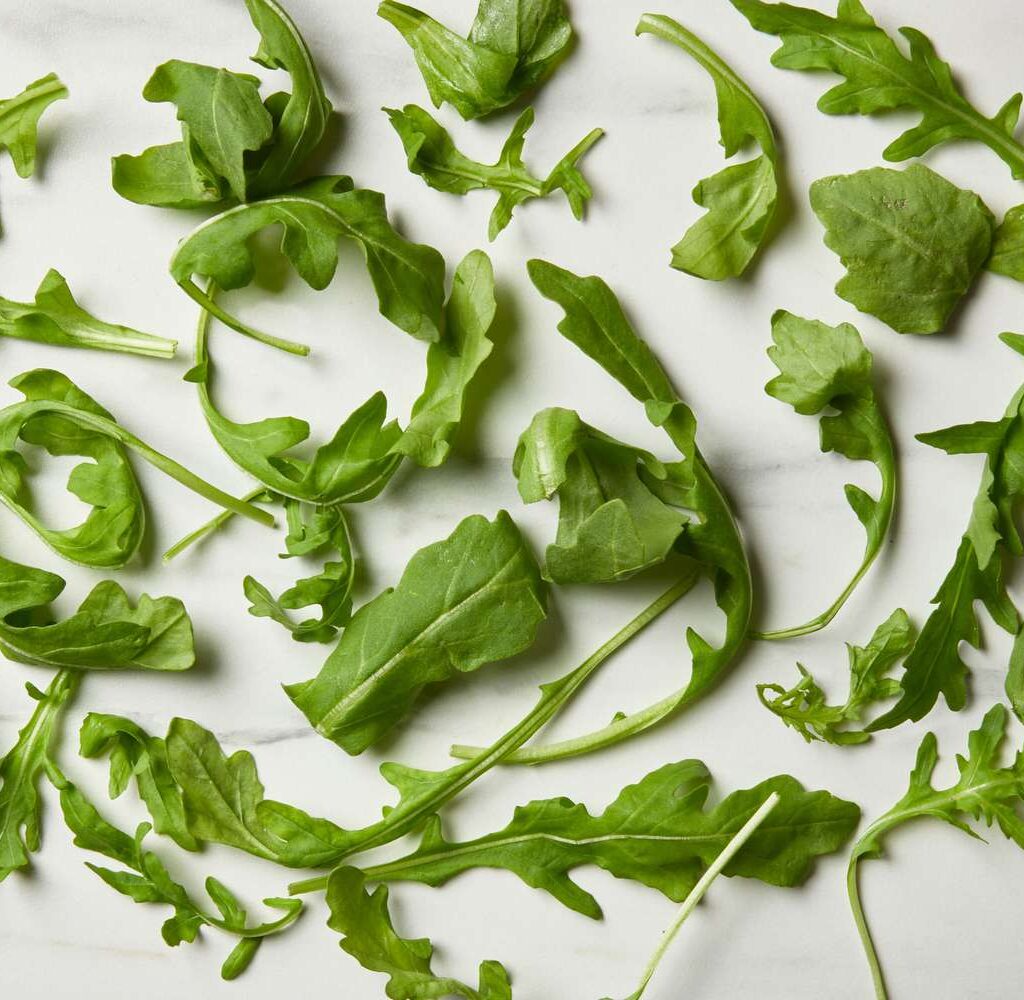
Arugula is not just a trendy salad green—it’s packed with vitamins A, C, and K, calcium, magnesium, and beneficial antioxidants. Its consumption is linked to:
- Improved heart health
- Enhanced digestion
- Cancer-fighting properties
- Stronger bones and immune function
From an economic standpoint, arugula adds significant value to the Italian fresh produce export sector, creating jobs across farming, packaging, transportation, and distribution.
Other Key Arugula-Producing Countries
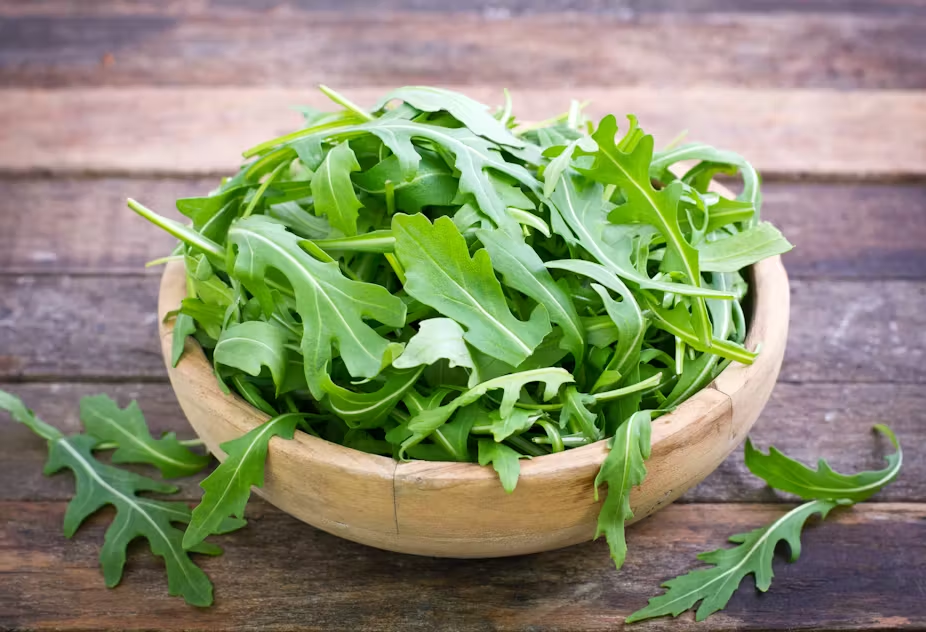
Although Italy leads the pack, several other countries contribute to global arugula production:
United States:
- California and Arizona are the primary growing states.
- Arugula is often marketed in pre-washed salad mixes.
- Domestic demand is rising with increased interest in Mediterranean diets.
Egypt:
- Egypt produces arugula for both domestic consumption and export, particularly to Gulf countries and Europe.
- The Nile Delta offers fertile ground for arugula production.
India:
- Though not widely cultivated on a commercial scale, arugula (locally known in some parts) is grown in home gardens and small-scale farms.
- Potential for market growth exists with increasing urban demand.
Netherlands:
- Greenhouse cultivation of arugula is part of the larger salad greens export industry, mostly for the European market.
Future Outlook
With the rising trend of healthy eating, veganism, and gourmet cuisine, the global demand for arugula is expected to grow steadily. Italy is poised to retain its leadership position thanks to:
- Ongoing investments in sustainable agriculture
- Expansion of organic arugula farming
- Development of high-yield, disease-resistant arugula varieties
Countries like the U.S., Egypt, and the Netherlands will also likely increase their production to meet local and regional demand.
Conclusion
Italy stands as the world’s largest arugula producer, blending centuries of tradition with modern agricultural excellence. From the rich fields of Campania to greenhouses in Veneto, Italian arugula symbolizes quality, flavor, and cultural heritage. As global consumers continue to embrace this leafy green for its health benefits and culinary appeal, Italy’s role as the top producer only becomes more significant.
For researchers, culinary enthusiasts, and agriculture economists alike, understanding Italy’s dominance in arugula production offers a lens into the dynamic world of global vegetable trade—and showcases how even a simple green leaf can become a global powerhouse.

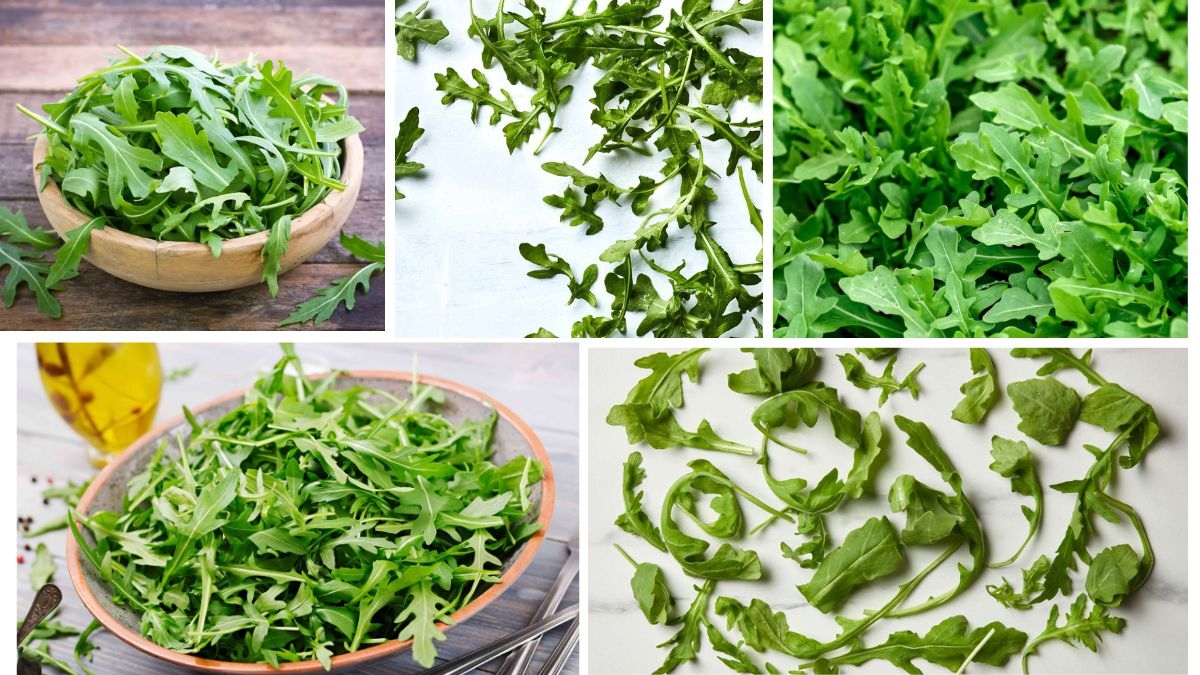





Leave A Comment